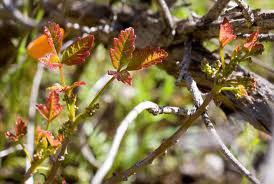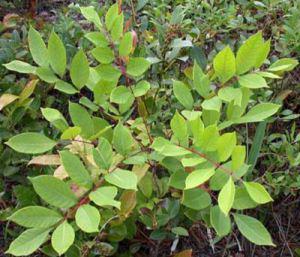Apparently animals do not suffer the same consequences as most humans do when they touch poison ivy, poison oak, or poison sumac. They are immune to the allergenic effects of urushiol, the plant oil that causes the reaction in humans. However, if a pet gets the oil on its fur or skin, it can transfer the oil to their owners, causing the rash and blistered skin.
What's That Mean for Dog Walkers?
If you run a dog walking business or incorporate dog walking into your pet sitting or boarding services, you naturally don't want to pick up a poison ivy outbreak from one of your charges, or let them bring it home to their owners. (Or you, if the pet belongs to you.) Typically, you won't have to worry about these plants unless your client lives in a rural area, but in some northeastern states, it's fairly common to see it in more urban areas as well. So what are some precautions you can take to prevent a pet from coming in contact with the pesky plant?
The best option is avoidance. Maintain control of your dog. Familiarize yourself with the appearance of poison ivy, poison sumac and poison oak so you can steer your dog away from them. Know what environments the plants are commonly found in so you can avoid those areas. Poison ivy is common in forested areas, rocky areas, perimeters such as roads and along streams or brackish water. If possible, scout an area before bringing a dog.
Handling the plants and roots can be difficult and dangerous so most experts don't recommend trying to eradicate them. Don't mow the plants as that will release the oil and make it easier to transfer to you or your pet. And never burn these toxic plants as it can release the oil into the air and potentially cause serious allergic reactions.
 Poison oak
Poison oak Poison sumac
Poison sumac
